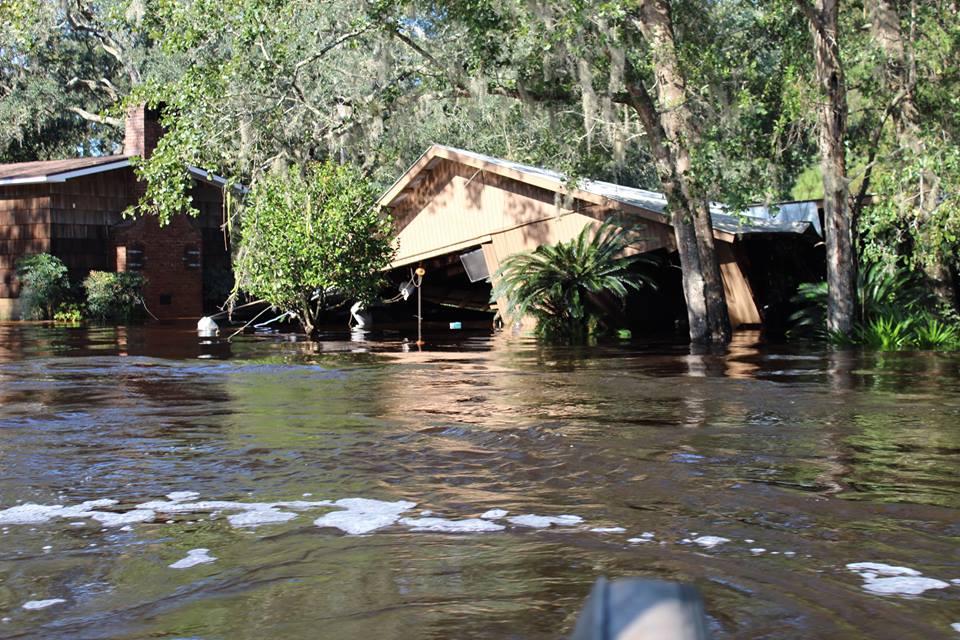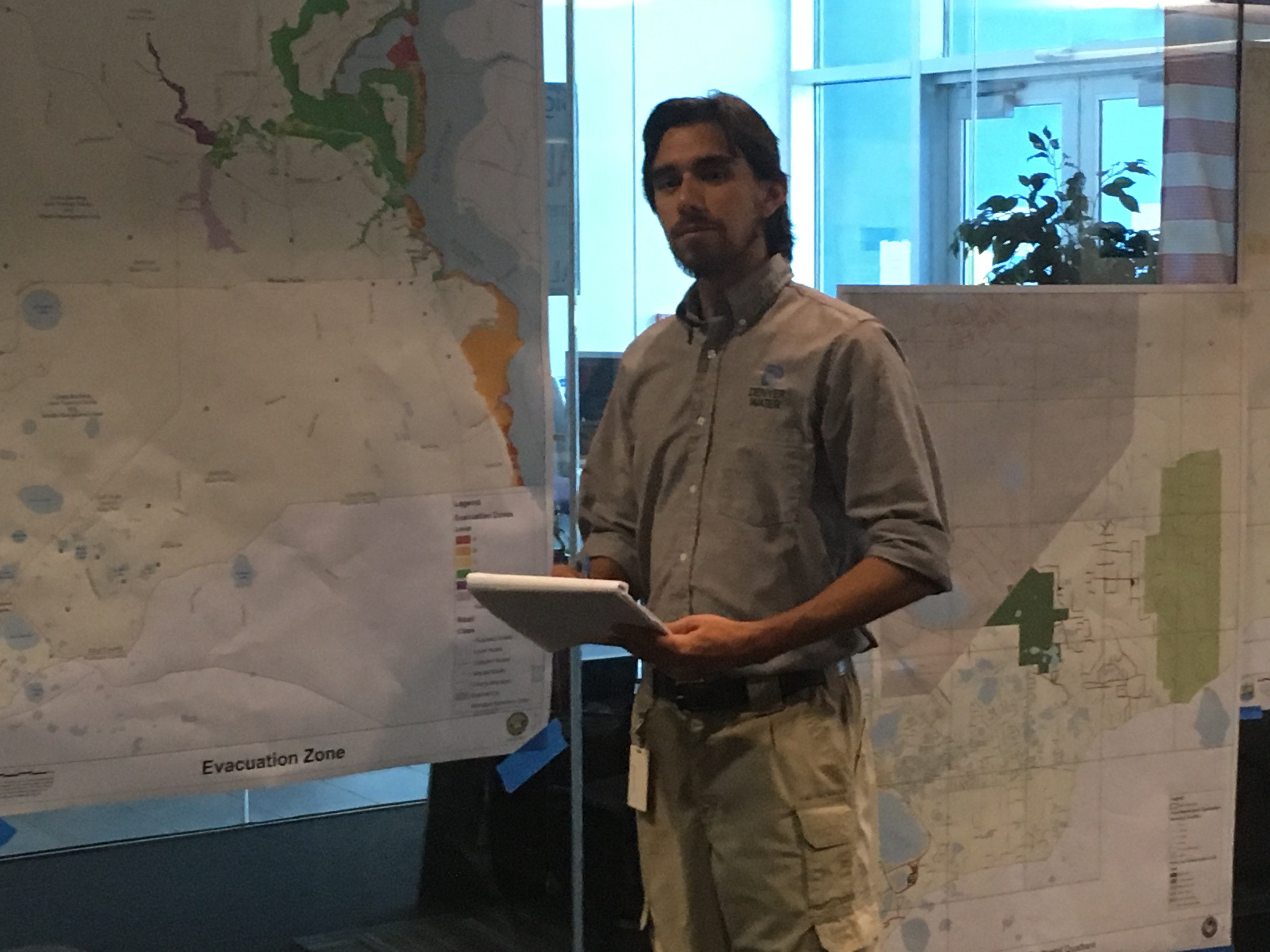
Helping after a hurricane
Clay County, located in northeast Florida, is a historic community known for its freshwater lakes and pine forest interior. The area has seen its fair share of hurricanes. But Hurricane Irma was different.
The powerful Category 5 storm plowed a catastrophic path through Turks and Caicos, the Bahamas and Cuba in early September. By the time it punched Florida, it had been downgraded to a Category 4.
Still, Irma had already set several records, and after a subsequent nor’easter, it had taken a toll on Clay County, population 192,000. More than 450 homes were destroyed, 86 percent of the county was without power, and Black Creek, the county’s main tributary, reached its highest elevation in recorded history, leaving dozens of homes underwater.
The county needed extra support. And 1,700 miles away, Denver Water’s Marcelo Ferreira was deployed to do just that.
“It’s a tremendously valuable experience to support other communities and learn about how they respond to disasters,” said Ferreira, an emergency management specialist who has spent more than a decade in the field. “It provides a new perspective on how to approach emergencies.”
During a governor-declared state of emergency, states can request assistance from each other. Colorado maintains a roster of people who are trained and ready to help in such cases. Ferreira is on that list and was tapped to help Clay County’s Emergency Operations Center as planning section chief.
For two weeks in early October, Ferreira logged well over 100 hours assisting Clay County’s incident commander and coordinating with different agencies to help the community recover from so much damage. Debris blanketed the county, and more than 15,000 families were requesting assistance.
Several local, state and federal agencies, as well as nonprofits, needed to be coordinated and managed so the community could begin to cleanup, rebuild and recover.
Ferreira, who began his emergency management career on the East Coast, said he is always struck by how valuable it is for people and agencies to plan and prepare for disasters. “It’s difficult to imagine how many small decisions you have to make during an emergency situation,” he said. “And those small decisions add up to a lot of time. During an emergency, time is extremely valuable, and the more you’ve prepared, the better off you’re going to be, both as an individual and as a community.”
Denver Water won’t likely be hit by a hurricane, but it may be at risk to other hazards, including floods, fires and severe storms. An agency’s effective response to an emergency — the coordination, planning and organization — tends to be the same because of national standardization, Ferreira said. Denver Water aligns its emergency planning with Federal Emergency Management Agency guidelines, so employees can respond in similar ways whether they’re in Denver, Clay County, Florida, or anywhere else in the country.
The state of Florida will reimburse Denver Water for Ferreira’s time, but the experience and knowledge he returned with is invaluable.
“Thinking about emergencies is a lot different than actually experiencing it,” he said. “Seeing the amount of resources and support that’s necessary — firsthand knowledge is critical.”
And helping other communities in their greatest time of peril is a connection that will far outlast the storm’s wrath.
“Someday, we may need that support,” Ferreira said. “This demonstrates our value to help others in need.”


